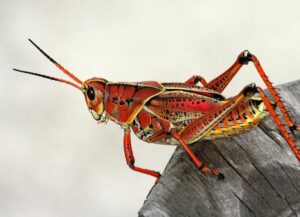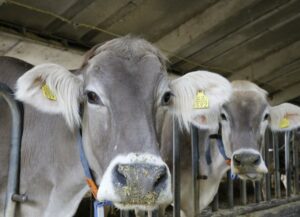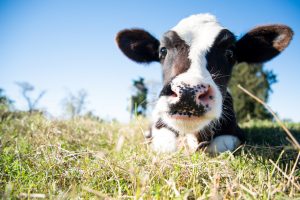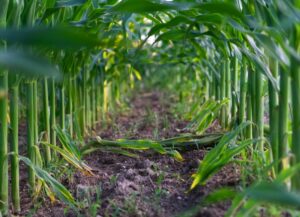Carlos Moroni & Fernando Diaz
Spray-dried plasma proteins are proteins with high biological value and digestibility, mainly intestinal. They differ from other animal protein sources such as blood meal in that, in addition to not containing the cell fraction, in its manufacturing process the heat treatment is milder (spray procedure), preserving the integrity of the proteins.
Furthermore, they have functional and immuno-modulatory components such as immunoglobulins, albumin, globulins, growth factors, bioactive peptides (defensins, transferrins) and enzymes. That is why they have been used in species of zootechnical interest in order to increase dry matter (DM) intake, production efficiency and improve health status.
The transition period (21 days before to 21 days after calving) is characterized by low DM intake in relation to the production level which produces a negative energy and protein balance in the cow. If this negative balance is exacerbated, it may have detrimental effects in the health and production of the herd. Chahine et al. (2019) evaluated the effects of feeding plasma proteins in the production, reproduction and health of dairy cows from 21 days before calving until 200 days in milk (DIM).
This work was conducted with 998 Holstein cows (average 260 days pregnant). Before calving, the cows were fed prepartum diets, which contained blood meal (1.33% on a DM bias) or plasma proteins (1.60% DM; 250 g/d) replacing blood meal based on nitrogen. After calving, cows received a ration with 1.59% DM of blood meal or 1.86% DM of plasma proteins (400 g/d). Protein concentration in the pre- and postpartum diets was 15.9 and 17.6% on a DM basis, respectively. Cows were milked three times a day, and milk production and milk composition were monitored monthly during a milking.
Production: Although animal protein source did not affect DM intake, cows fed plasma proteins produced more milk (50.4 kg/day) and more milk fat (3.55%) than cows that received blood meal (49.2 kg milk /day; 3.47% fat). As can be seen in the graph, the improvement in milk production in plasma protein diets was evident after the second month of lactation. Additionally, compared to the blood meal diets (3.42%), milk fat concentration after 122 DIM was higher in the plasma protein diet (3.61%). There were no differences in milk protein content (2.84%) or somatic cell count (127,000 cells/mL) between diets.


Reproduction: No significant differences were found in the pregnancy rate (48.3%) or overall conception rate (21.1%) between groups. Moreover, body condition and the level of beta-hydroxybutyrate in blood were similar between diets at 5 DIM.
In conclusion, the results of this work demonstrate that spray-dried plasma proteins are a good protein source for high-producing dairy cows. Compared to blood meal, its inclusion in pre-calving and lactation diets improved milk production significantly without affecting cow’s reproductive performance and health.
Reference
Mireille Chahinea, Mario E. de Haro Marti, Celina Matuk, Anna Aris, Joy Campbell, Javier Polo, Alex Bach. 2019. Effects of spray-dried plasma protein in diets of early lactation dairy cows on health, milking and reproductive performance. Animal Feed Science and Technology. 257: 114266.
© 2019 Dairy Knowledge Center, LLC. All Rights Reserved.









